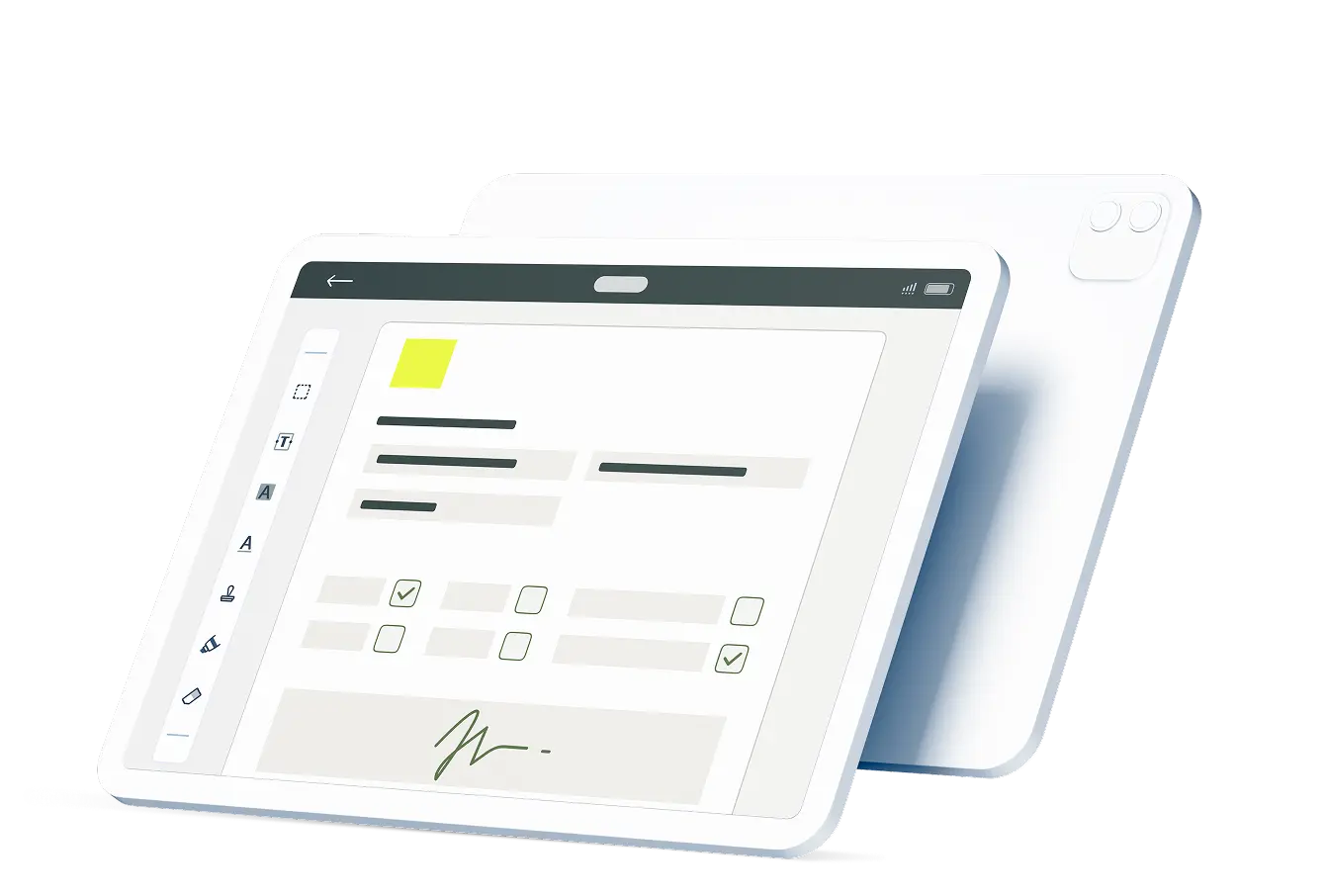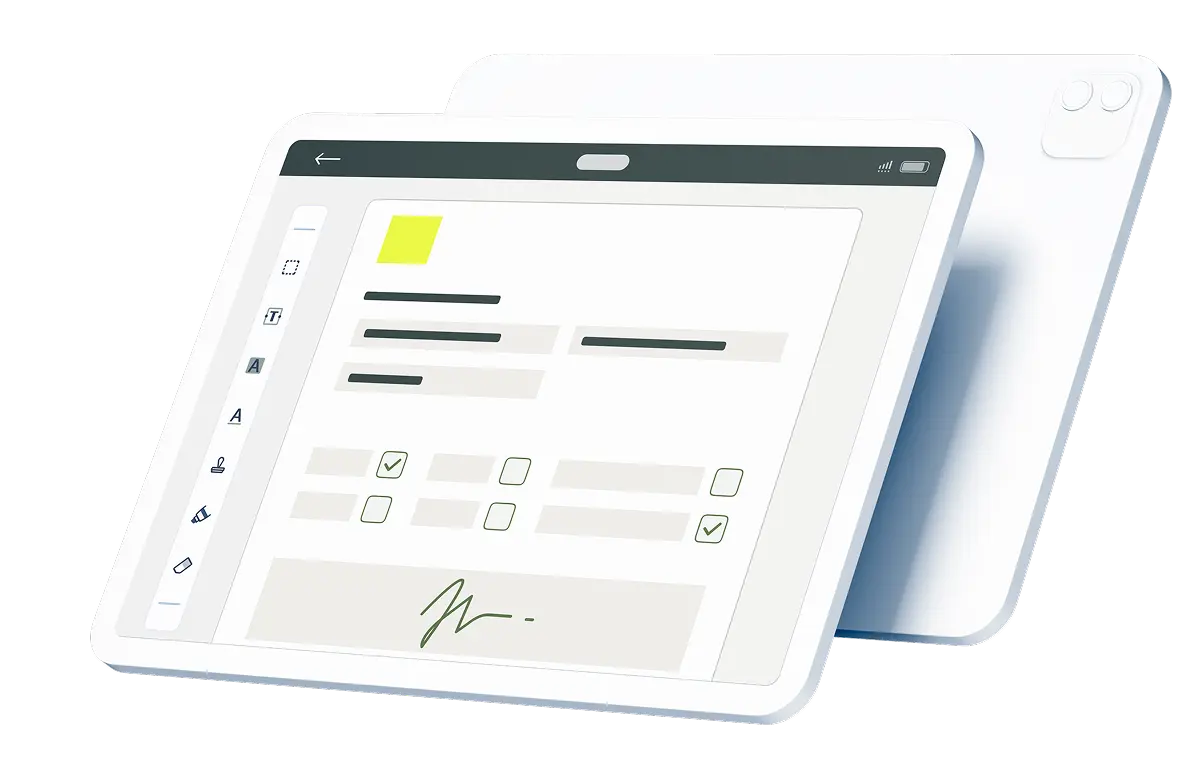Organizations in every industry are subject to standards of professional bodies or government regulations for safe operation. The best way to prioritize safety and ensure inspection documents are available for internal or external audits is to develop a digitized safety compliance audit checklist for completion by trained employees or supervisors. Find out how compliance checklists can fit into existing workflows and get a clearer sense of what to include in these safety documents.
Contents:
The Basics of Safety Compliance Checklists
Compliance checklists guide systematic reviews of benchmarks based on the standards upheld by an industry body or established in national or local laws. Lists oriented toward safety compliance may prioritize countrywide or local regulations maintained by the Occupational Safety and Health Administration in the United States, Canadian Centre for Occupational Health and Safety, or the Health and Safety Executive in the United Kingdom.
A safety compliance checklist should focus on specific aspects of operational safety. There are often many dimensions of compliance, including workplace safety and sanitation, personal protective equipment for workers, safe equipment use and maintenance, machine guarding, and controlling known hazards such as electricity or fire. It may be necessary to develop multiple checklists that has subsidiary sections.
Make a Safety Compliance Audit Checklist
Whenever stakeholders set out to develop a new checklist for safety compliance, it is important to determine how the list fits into workflows and the purpose of the list. Here are a few ways in which safety compliance checklists can be helpful during operations and function as proof of compliance:
- Industry Standards: A checklist can point out a series of industry-wide safety protocols.
- Regulatory Compliance: Requirements for safe operation are maintained with checks.
- Risk Mitigation: Completed checklists confirm awareness of known hazards.
- Working Conditions: Checklists draw attention toward worksite safety requirements.
- Safety Accountability:Signed safety inspections clearly indicate responsibility.
- Set Parameters: Checklists function as reminders of operational standards.
The purview of a specific checklist will determine whether it is most useful when completed before, during or after operations. The items on a list will also determine the frequency with which the list should be assigned and completed. It is important to schedule checklists at the most logical point in a workflow to ensure that the feedback given is timely and useful for the purpose of informing ongoing operations.
Regulatory safety or quality control checklists can cover every stage of operations. These checklists may be completed all at once or over time. A major benefit of workplace safety management software is the ability to schedule safety checklists in workflows. A robust platform can also control user access to and permissions for any checklist.
Identify Solutions for Inefficiencies
In addition to ensuring that practices comply with internal standards and external requirements, a safety checklist may also be useful for overall optimization. Paying attention to the hazards and potential pitfalls associated with every stage of operations may draw attention to shortcuts or measures that could be taken to improve outcomes while maintaining standards.
Productivity is not the main focus of compliance checklists, but these checklists can serve as an invitation to interrogate the purpose and outcomes of every task and process. The insights made available through checklists are of limited usefulness without a direct outlet for implementation. This is where a centralized platform for managing workflows and creating and completing checklists can be transformative.
When checklists are created in safety software, this platform may offer options for automating tasks or autofilling parts of inspection reports. These measures can save employees time and make it possible for them to focus on value-added tasks while also ensuring a higher level of accuracy when these insights are properly implemented in workflows.
Integrate Compliance Checklists Into Workflows
However complete a checklist, each document is only as useful as the items that are listed; the meaning of responses; and the frequency with which forms are generated, filled out and submitted. It is important to consider the purpose of each checklist and determine whether it should take place prior to operation or maintenance, during ongoing workflows, or as part of shutdown and lockout procedures.
Platforms for workplace safety simplifies the process of requesting the completion of checklists on a set schedule. In addition to assigning these documents, this software can also make it easier for stakeholders to act on feedback that requires responses. In the case of maintenance, a checklist can trigger a support request that may be fulfilled at the optimal time in an operational schedule.
A compliance schedule should not slow down productivity but should ensure that conditions are right for optimal operations. When making a checklist, stakeholders may find it beneficial to consult with supervisors or field workers who are responsible for filling out these documents to ensure that each item is accurately represented and that modes for giving feedback can go beyond simple yes or no answers or ratings on a set scale.
Use a Software Compliance Audit Checklist
When an organization is implementing checklists, compliance checks and templates built into workflow software can be useful. A platform that supports the creation, completion and submission of these types of documents can go a long way toward setting and achieving the highest standards for accountability and transparency.
A safety platform may also be able to expedite the completion of checklists with automated form filling for information that is already available. This platform can also prompt or remind users with the right permission to view and edit these materials to complete and send in checklists for approval. One of the main benefits is the simplicity of working with active checklists and storing records for future internal or external audits.
Supervisors and stakeholders can get a clearer sense of the safety level of work facilities or locations based on the responses to checklists. It is important to make sure that feedback received through these forms is integrated into workflows. In addition to identifying problems prior to incurring penalties or risks, a safety compliance audit checklist can also serve as detailed documentation during internal or external assessments of regulatory compliance.

